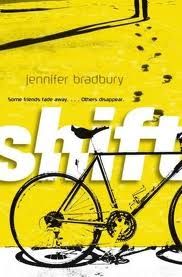Words can be really powerful. Asking students to provide just a few words
that define a piece of literature gives teachers a great insight into the
students’ perspectives and understanding.
A great tool that uses words is Wordle (www.wordle.net). This awesome website allows students to input
words and then create a piece of artwork displaying those words in a visually
appealing manner. I've used these with my
students in many different ways:
· I've asked every student to provide a word (or a
few words) that they feel best captures the main idea or essence of a
particular piece of literature. This
works for novels, poetry, plays, short stories, or any text, really. I suppose it would even work for a chapter in
a science or history book as well. Once I've compiled all words, I enter them into Wordle, and I’m able to create this
amazing word cloud that I can edit by changing fonts, colors, and word
arrangement. One cool feature is that
the higher frequency of a word, the larger it appears on the word cloud, so
words the most popular words students provide are emphasized in the word cloud.
·
Wordles can also be assessment tools. For example, students can make a word cloud
using words that describe the main character and then present the Wordle,
explaining why each word was included.
·
Students can choose especially captivating or
enticing words that describe their novel to persuade fellow classmates to read
it.
·
As a beginning-of-the-year ice-breaker activity,
I’ve had students introduce themselves to the class by creating a Wordle in
which they emphasize their most important characteristics or qualities by
making those words appear larger in the word cloud.
· I've also used Wordle for classroom
decorations. Just copy and paste the
text or excerpts of a text into Wordle, and it creates a beautiful poster that
you can get enlarged at a copy and print store.



